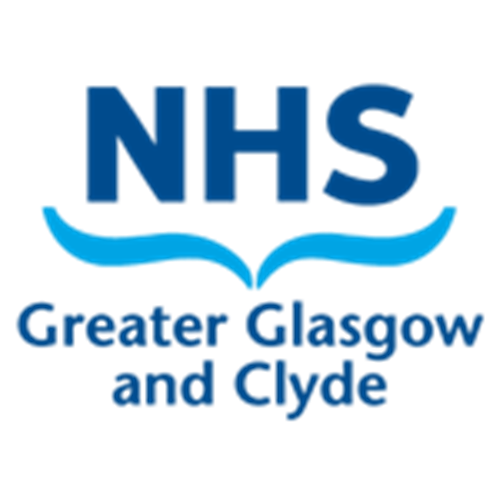Pregnant women
- After 39 weeks gestation who has given consent.
- After previous caesarean birth if planning vaginal birth (VBAC). If a VBAC is the planned method of birth then a membrane sweep is not contraindicated.

This guideline covers the reasoning behind why a membrane sweep may be performed at term and the process of this procedure. It aims to give women the option to have membrane sweeping to possibly prevent prolonged pregnancy and reduce the need for mechanical or pharmacological induction of labour.
This procedure can be carried out, with informed consent, by healthcare professionals i.e. Midwives and Obstetricians.
Healthcare professionals
Pregnant women, their families and carers
Please report any inaccuracies or issues with this guideline using our online form
A membrane sweep can be discussed with the woman in the latter stages of the third trimester and offered from 39 weeks gestation and performed at the both community midwife led and obstetric led antenatal clinics. The woman should be informed of the advantages and disadvantages of a membrane sweep to allow them to make an informed decision whether to have the procedure. The procedure should be discussed and verbal consent must be gained, from the pregnant person, before carrying out the membrane sweep.
Research suggest membrane sweeps performed twice weekly after 39 weeks are more effective than once weekly or no membrane sweep. Clinical judgement and women’s choice should be considered when arranging subsequent follow up.
The pregnant person should be informed that they may experience some light vaginal bleeding or ‘Show’. If any heavy bleeding, painful contractions or waters breaking (SROM) maternity assessment unit should be contacted. A discussion regarding whether the woman would like additional membrane sweeping should take place if spontaneous labour does not occur after the first sweep.